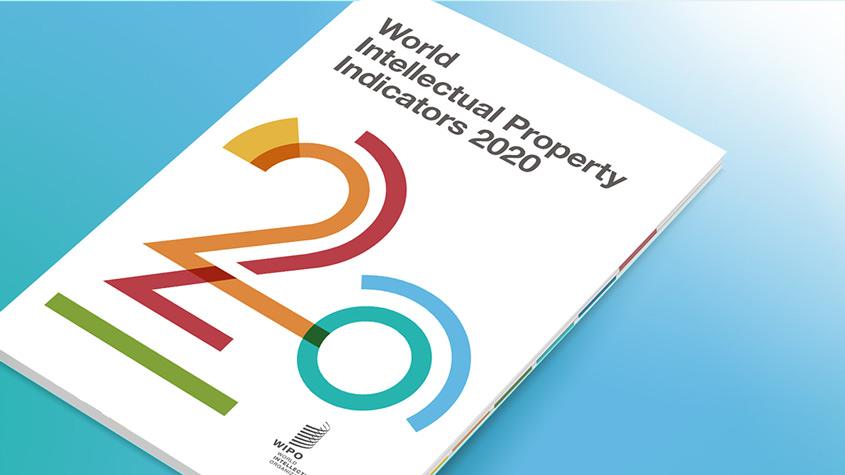On December 7th local time, the benchmark annual report World Intellectual Property Indicators released by the World Intellectual Property Organization showed that the report pointed out that global patent applications fell by 3% in 2019, which was also the first decline in a decade. Trademark and industrial design application activities increased by 5.9% and 1.3% respectively.
Deng Hongsen, Director-General of the World Intellectual Property Organization, said that the data of the 2019 World Intellectual Property Indicators predate the COVID-19 pandemic, highlighting the long-term accumulation of demand for intellectual property tools that stimulate the global economy towards increasingly global globalization and a digital focus.
He said: “At the end of 2019, the vigorous use of intellectual property tools showed a high level of innovation and creativity. The COVID-19 pandemic has accelerated the trend of long-term accumulation by promoting the adoption of new technologies and the digitization of daily life. With IP so closely related to technology, innovation and digitalization, IP in the post-pandemic era will become more important to more countries.
The report shows that in terms of patents, the number of patent applications accepted by the State Intellectual Property Office of China in 2019 was 1.4 million, more than twice the number of applications received by the second-ranking U.S. competent authorities, followed by Japan, South Korea and the European Patent Offices.
These five competent authorities handled a total of 8 of 8 applications in the world. 4.7%. China’s application volume declined for the first time in nearly 24 years, mainly due to China’s overall regulatory transformation aimed at optimizing the application structure and improving the quality of applications. In 2019, the competent authorities in Asia handled nearly two-thirds of the world’s patent applications, a significant increase of 50.9% compared with 2009, mainly due to the long-term growth of China’s economy.
The report also shows that in terms of trademarks, there were about 11.5 million trademark applications worldwide in 2019, covering 15.2 million categories. The number of designated categories in the application increased by 5.9%, achieving growth for ten consecutive years. China’s State Intellectual Property Office has the largest number of application activities, covering about 7.8 million categories. It is estimated that there were about 58.2 million valid trademarks registered worldwide in 2019, an increase of 15.2% over 2018, with China ranking first with 25.2 million.
The report points out that in terms of industrial design, in 2019, a total of about 1.04 million related applications were submitted worldwide, including 1.36 million designs, an annual increase of 1.3% year-on-year. The applications accepted by China’s State Intellectual Property Office include 711,617 designs, accounting for 52.3% of the world total, followed by the Intellectual Property Offices of the European Union, South Korea, the United States and Turkey. Globally, the total number of effective industrial design registrations increased by 7.3% to about 4.1 million. The country with the largest number of valid registrations is China, with 1.8 million, followed by South Korea, the United States and Japan.
According to the report, in terms of plant varieties, in 2019, China accepted 7,834 plant variety applications, an increase of 36% over 2018. At present, China accounts for more than one-third of the global plant variety applications. In addition, in 2019, there were about 55,800 valid geographical indications worldwide, of which 7,834 were in China. Geographical indications are used for products with a specific geographical source and quality or reputation originating from that place of origin.
The annual report of World Intellectual Property Indicators collects and analyzes intellectual property data from more than 150 national and regional authorities to inform policymakers, business leaders, investors, scholars and others who explore macro trends in innovation and creativity.



